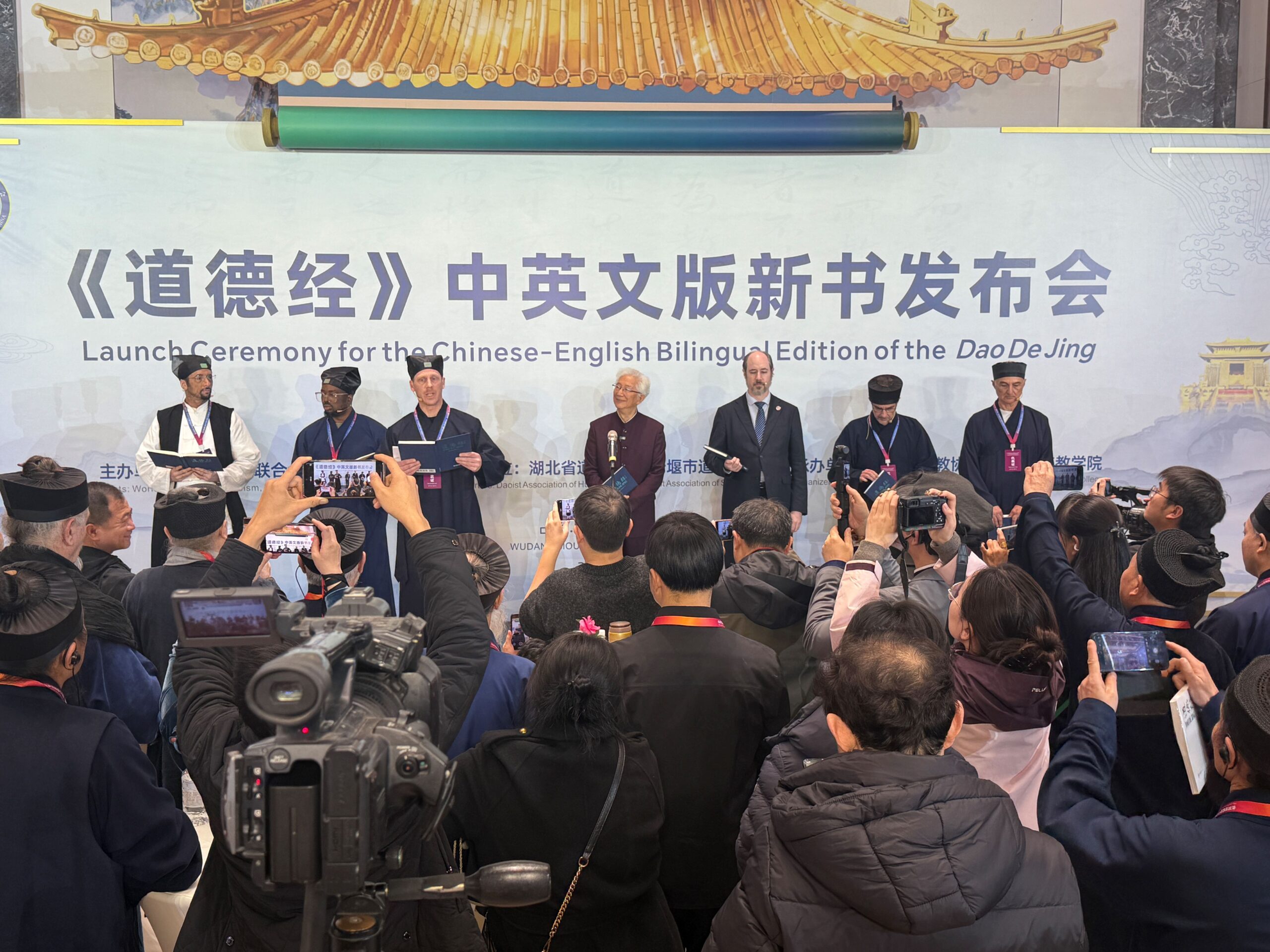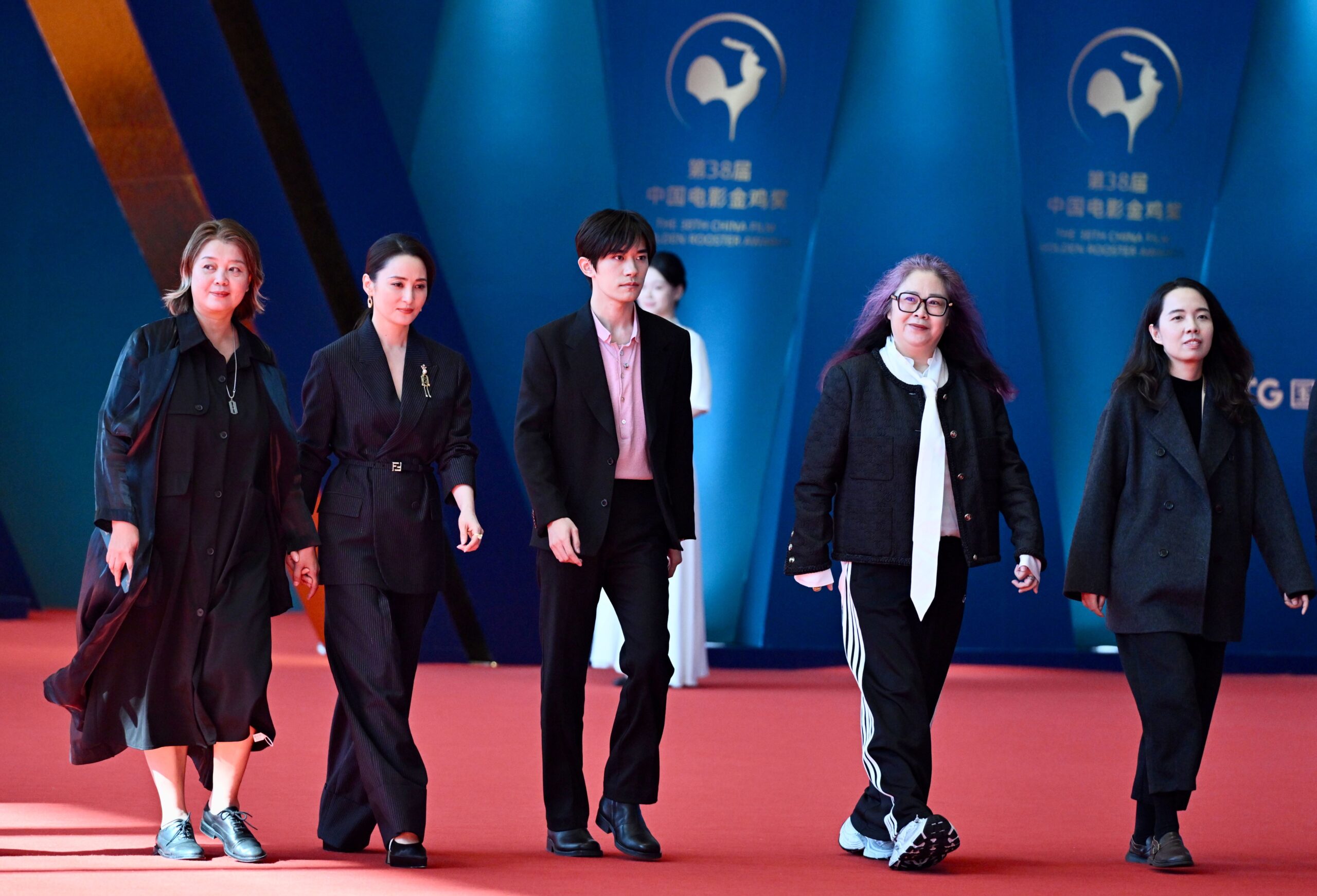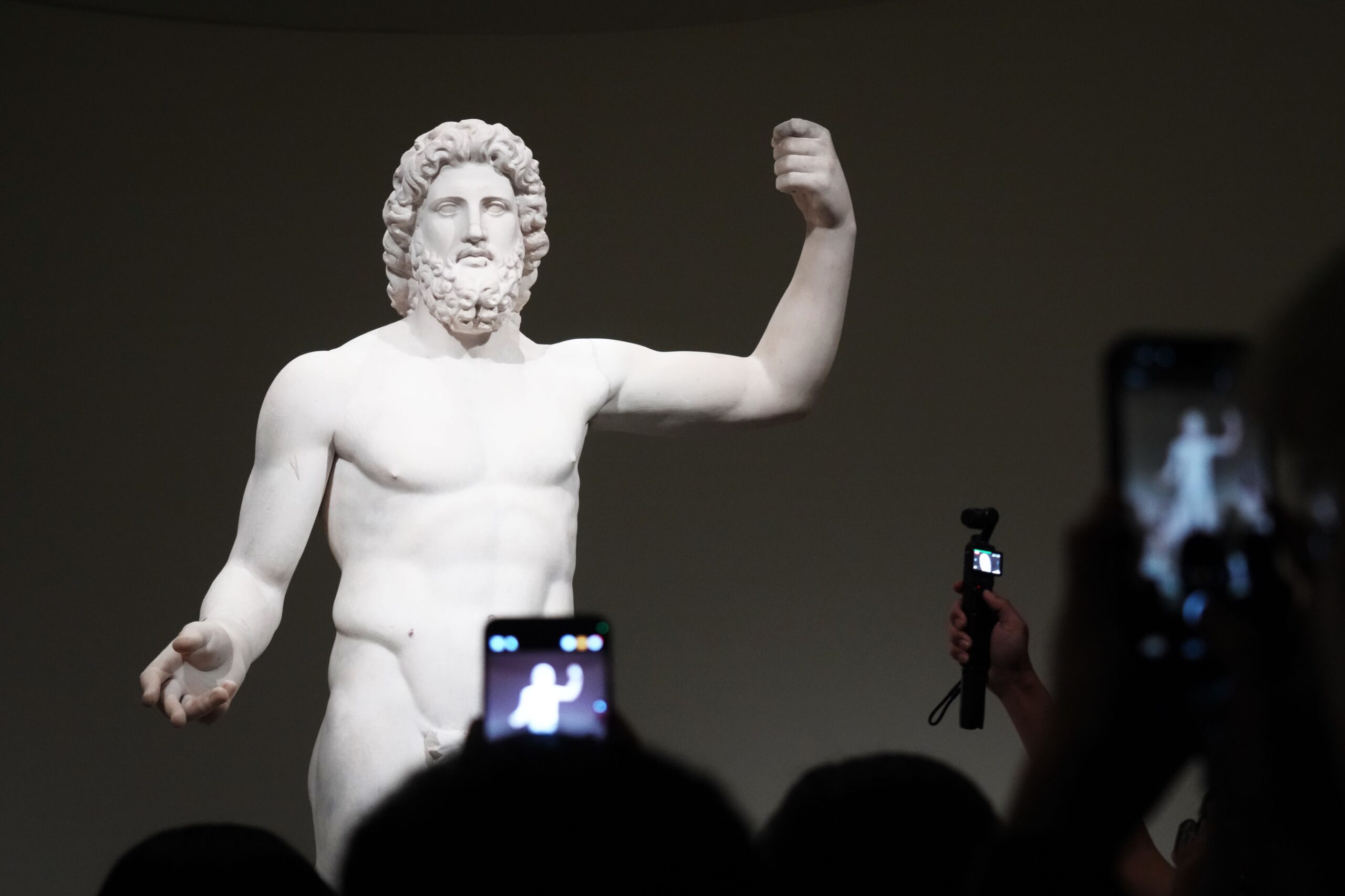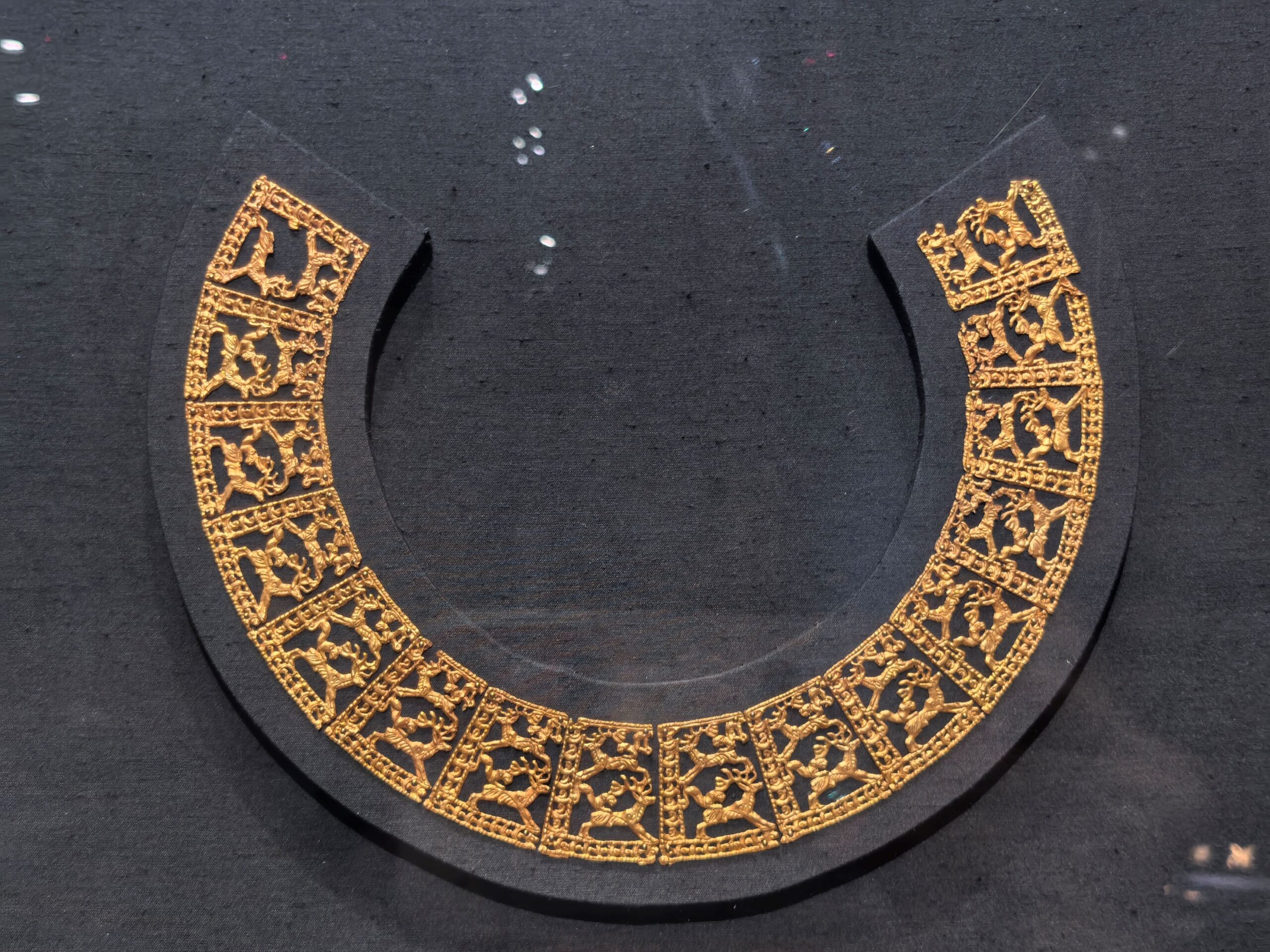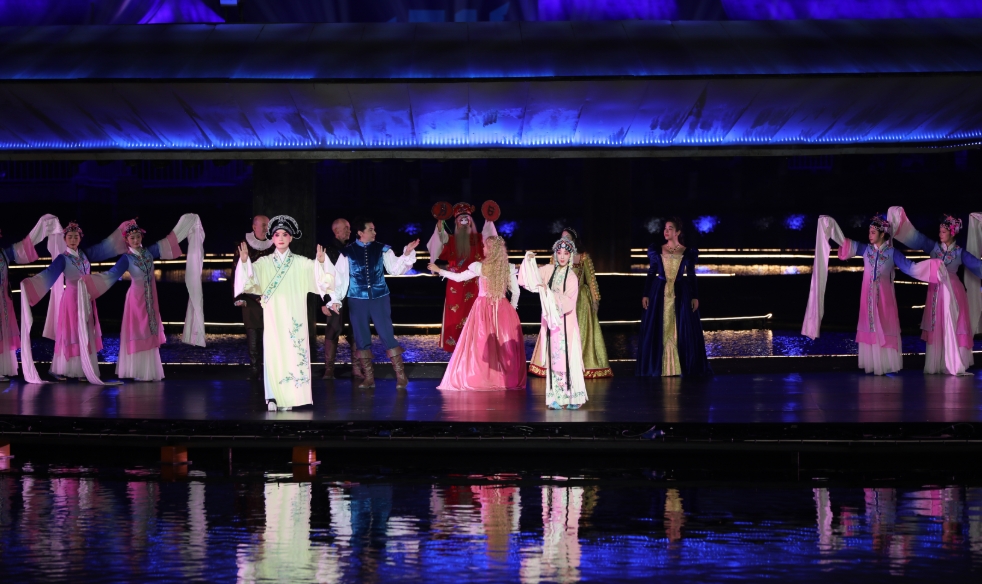Discover how China’s yum cha tradition, with tea and dim sum, has journeyed from Guangzhou to the West, blending culinary art with social connection.
China’s “morning tea”, or Zao Cha (早茶), is a social tradition in which people gather for tea and dim sum to socialise, conduct business, or relax. In Guangzhou, a pot of tea and a few baskets of dim sum set the scene for easy conversation. Dating back to ancient China, teahouses have long been places for rest and socialising. Today, it has travelled far beyond China’s borders, taking root in cities from New York to London.
Tea Within a Meal, a Meal Within Tea
For many Chinese families, morning tea is more than a meal—it is a way to be together. The roots of morning tea trace back to the Ming and Qing dynasties, explains Yang Huan, Executive Vice-Dean of the School of Ethnology and History at Ningxia University and a visiting scholar at the University of Cambridge. It was a way to combine tea drinking with breakfast, using teahouses and small eateries as places to eat, rest and socialise — a morning habit that carried both culinary and social significance.
In the Qing era, Guangzhou had become a major port for China’s foreign trade. Dockworkers laboured under the blazing sun, hauling cargo until their throats were parched. What they needed most was a simple cup of tea. This gave rise to modest tea stalls known as erli guan(二厘馆), named for the two-cash price of a serving. They provided labourers a brief respite and a place to talk.
Their owners of erli guan quickly realised that workers wanted more than tea alone, and began offering filling, affordable snacks such as meat buns and dim sum. Such stalls appeared not only near the docks but also in busy working-class spaces — fish markets, fruit stalls and street markets.
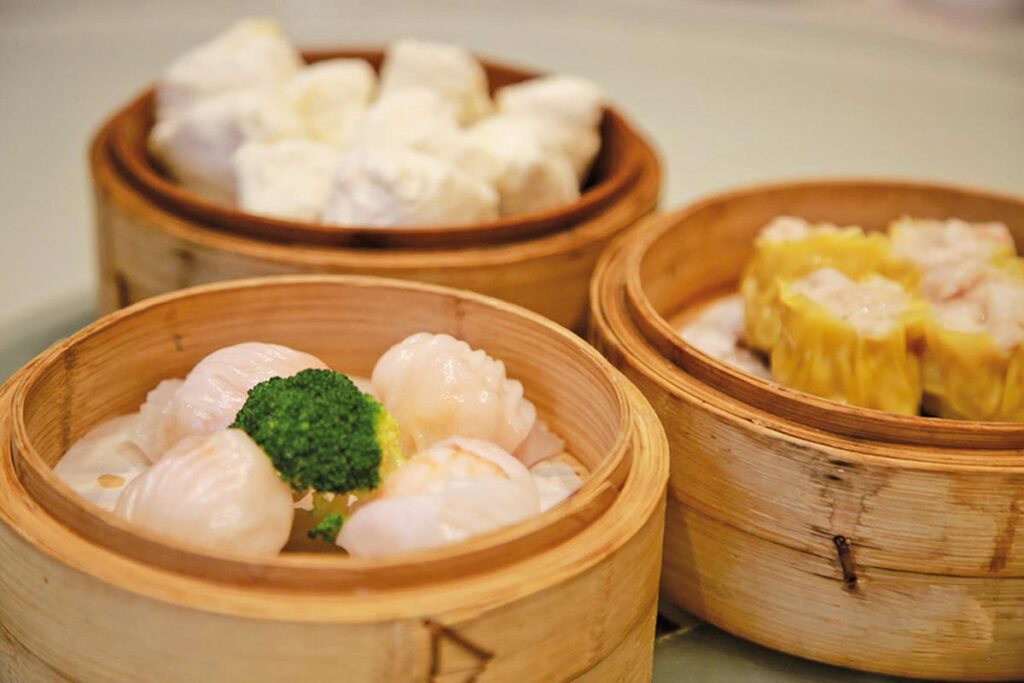
These early stalls were simple: bark roofs, bamboo frames, a few wooden tables and benches. Kitchens were set up at the entrance to attract customers. Food was cooked openly on the stove — steamed sponge cakes, taro cakes, big buns and rice dumplings: inexpensive, filling snacks. Customers helped themselves and paid afterwards. This was the earliest form of yat chung leung gin(一盅两件) — “one pot of tea and two pieces of dim sum”. The “one pot” referred to a strong, coarse tea brewed mainly to quench thirst; the “two pieces” could be any two baskets of dim sum.
As demand grew, cha geoi(茶居) — more refined tea houses — began to appear, offering a wider and better-prepared selection of tea and snacks.
From Tradition to Regional Diversity
Guangzhou soon entered its full “teahouse era”. As more foreign merchants arrived, brokers needed elegant venues for hosting guests. The humble erli guan or cha geoi no longer sufficed. This led to the rise of Sanyuan Lou(三元楼), regarded as Guangzhou’s first sizeable modern teahouse — a three-storey building lavishly decorated. The wealthy enjoyed tea on its upper floors; the working class remained in the small neighbourhood huts.
During the 1920s and 1930s, teahouses flourished across Guangzhou. Together with the dim sum served within them, they formed the core of the city’s morning-tea tradition. By the late 1940s, Cantonese dim sum had entered a golden age. Competition among teahouses was fierce, and many high-end venues launched “Sunday Specials” — introducing new creations each week. These dishes tested the creativity of dim sum chefs. Many of these innovations survived to become today’s traditional dim sum. By the 1980s, more than 4,000 varieties had been documented.
As Cantonese morning tea spread to neighbouring regions such as Jiangsu and Zhejiang, local cuisines absorbed its influences while adding their own flavours, creating a richer, more diverse morning-tea landscape.

Yum Cha, Whenever There’s Time
As Chinese communities settled abroad, morning tea travelled with them. Overseas restaurants recreated the ritual of gathering around steaming bamboo baskets of dim sum, often adapting flavours to local tastes — for example, offering cheese-filled har gau alongside traditional prawn dumplings. By the early 21st century, morning tea had moved well beyond Chinatowns, entering London’s modern dining scene. High-end Chinese restaurants now present dim sum in a refined, internationally influenced style: black-truffle siu mai, pan-fried foie-gras rice rolls, and other inventive dishes sit comfortably alongside traditional favourites, attracting an ever-growing number of British diners.
The term “yum cha” (饮茶) literally means “drink tea” in Cantonese. It was added to the Oxford English Dictionary in 2016. Dim sum, another Cantonese term, had already appeared in English by the late 19th century. In Cantonese, Dak Haan Yum Cha (得闲饮茶) simply means “when you have time, let’s have tea.”
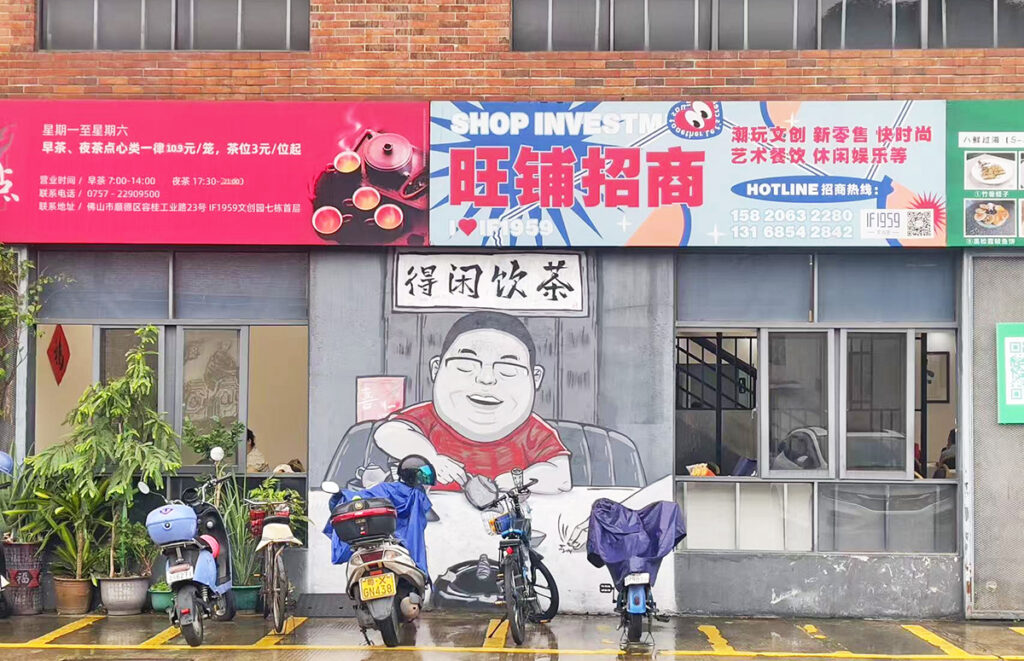
According to Yang Huan, the closest thing in the West to China’s morning-tea culture is 19th-century British afternoon tea, a refined social ritual centred on tea or coffee and delicate pastries. While afternoon tea is usually served in individual portions, Chinese morning tea is a shared experience: everyone at the table selects from the same baskets of dim sum, fostering conversation and connection.
In Chinese yum cha, tea takes centre stage. Its soft, jade-like colour and gentle aroma encourage a quiet moment of reflection. In the West, coffee plays the leading role, giving both energy and spark to conversation. The two traditions are different, yet complementary: the calm of tea and the liveliness of coffee together show how varied daily life can be.
Written by Estelle Tang, additional reporting by CNS and Guangzhou Daily.
If you liked this article, why not read: Taste Chinese Food’s New Trend: Bread with TCM Ingredients


